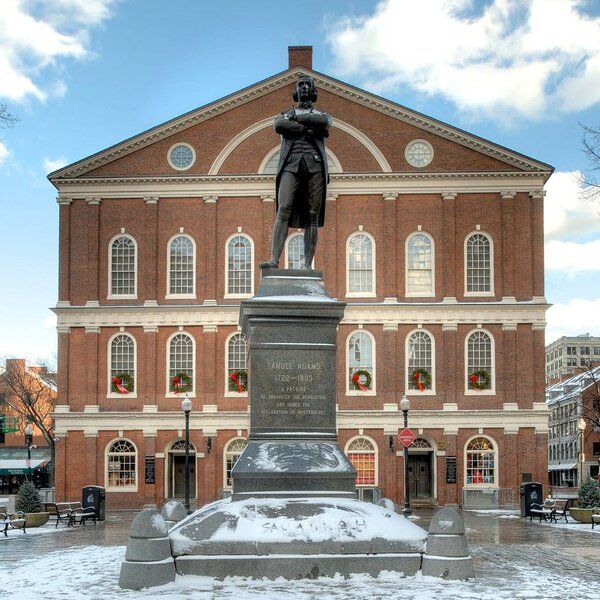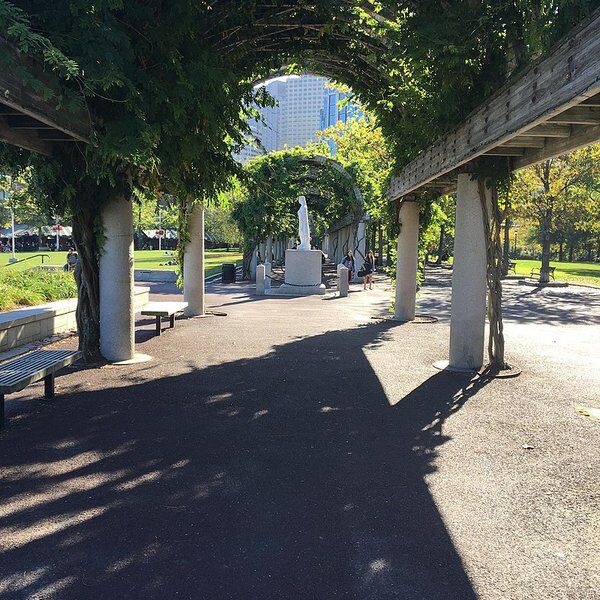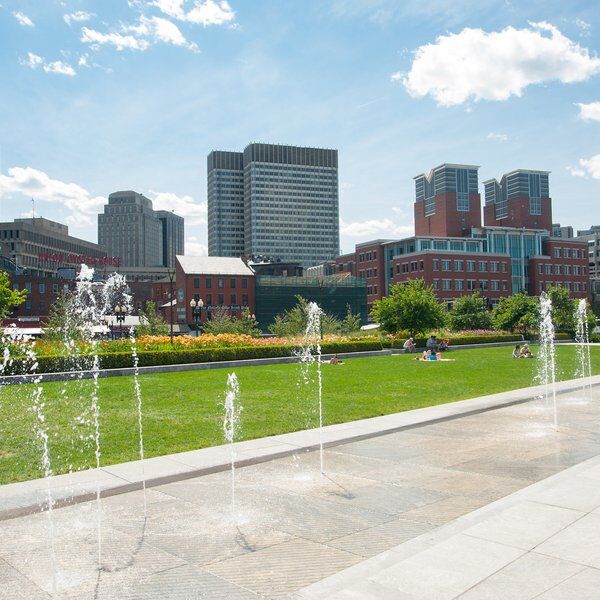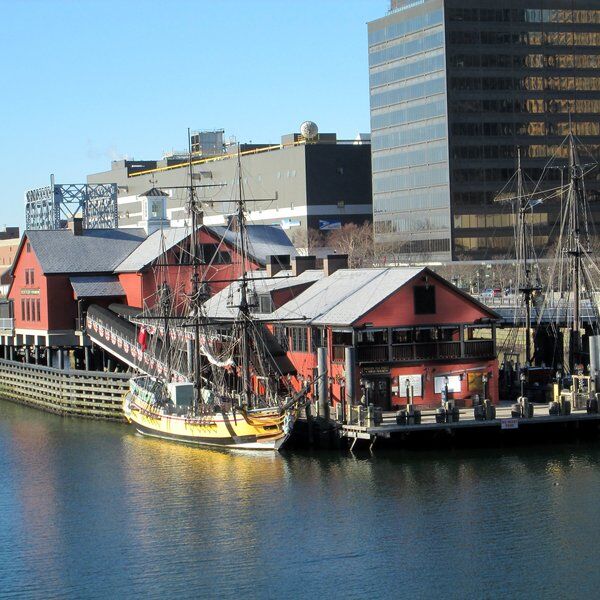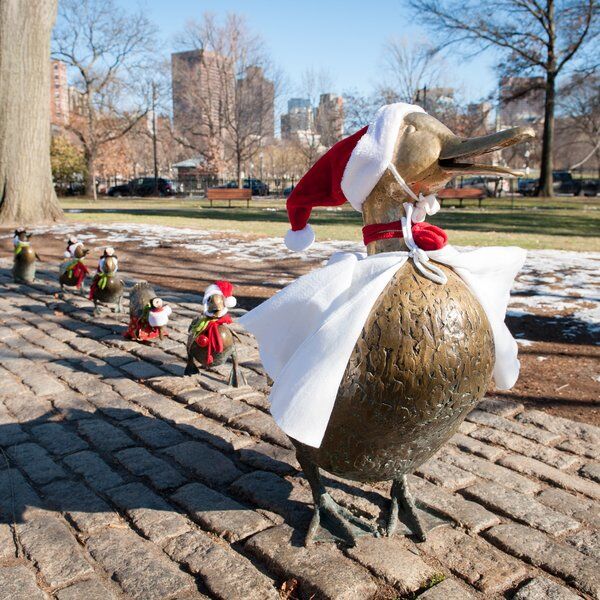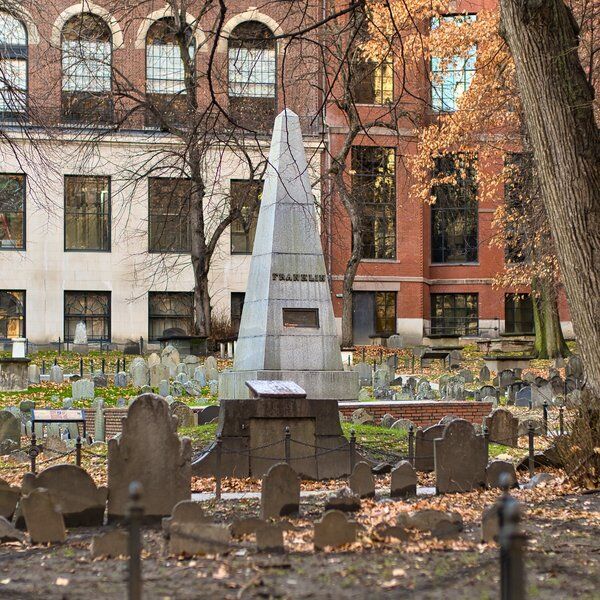Discover the Nichols House Museum in Boston
The Nichols House Museum, in the historic Beacon Hill neighbourhood of Boston, is a classic, well-preserved federal townhouse, built in 1804 and designed by the renowned architect Charles Bulfinch. Today, as a museum it is a window into the life and times of the Nichols family, showcasing the history, art, and social movements that shaped their lives from the late 19th to the mid-20th century.
Visitors to the Nichols House Museum can enjoy European paintings, Japanese woodblock prints, American furniture, and day-to-day objects like an 1897 dumbwaiter, a 1936 radio, and examples of Rose Standish Nichols' own needlepoint and woodwork. The interiors reflect the cultural values and changing tastes across two generations of Nichols ownership.
The museum's mission is inspired by the legacy of the Nichols sisters, fostering curiosity, creativity, and change-making. The values of preservation, creativity, collaboration, and dialogue are at the core of the museum's efforts, ensuring that it remains a place to be enjoyed and appreciated by its visitors.
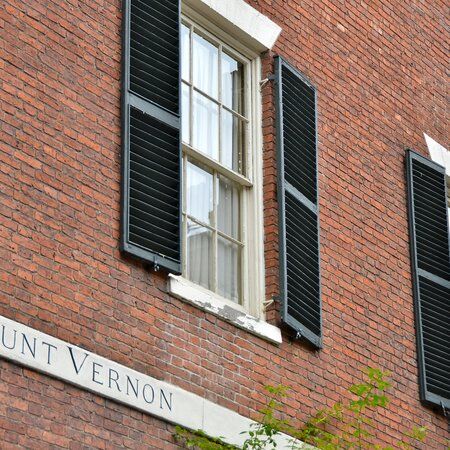
History and Origins: The Nichols Family
Arthur Howard Nichols and Elizabeth Fisher Nichols
Physician Dr Arthur Howard Nichols was known for his dedication to medicine, treating patients in his home office at 55 Mount Vernon Street—today’s Nichols House Museum. Elizabeth Fisher Homer Nichols was the epitome of a devoted Victorian wife and mother. She was skilled in managing the family finances and had a keen eye for interior design, reflected in her homes. Elizabeth was also an active participant in local charities and a supporter of the suffragist movement.
The Historic Bulfinch Townhouse
Dr. Arthur Nichols and his wife Elizabeth purchased the house in 1885, for its prime location in Beacon Hill, which housed affluent families. They hoped it would provide a sophisticated backdrop for their daughters' growth into accomplished women.
The family was part of a community of writers, artists, politicians, and intellectuals. The museum's period rooms reflect the personal tastes of the Nichols family, as well as the cultural values of Boston's elite during the turn of the 20th century.
Rose Standish Nichols (1872-1960)
Rose Standish Nichols was the eldest daughter of Arthur and Elizabeth and was very talented. A garden designer, writer, collector, and craftsperson, she was a strong advocate for historic preservation and was instrumental in founding the Nichols House Museum. Rose lived independently at 55 Mount Vernon Street until her death in 1960.
Marian Clarke Nichols (1874-1963)
Marian Nichols was a force in state and local politics. Known for her shy and timid nature in her youth, she later became an outspoken advocate for reform measures at the Massachusetts State House. Marian enjoyed driving and was the founder of the Beacon Hill Civic Association.
Margaret Homer (Nichols) Shurcliff (1879-1959)
Margaret Nichols, the youngest sibling, was known for her athleticism and carpentry skills. She shared her father's love for bellringing and established a furniture business called Pegleggers. Like her sisters, Margaret was a staunch suffragist and pacifist, defending civil liberties.
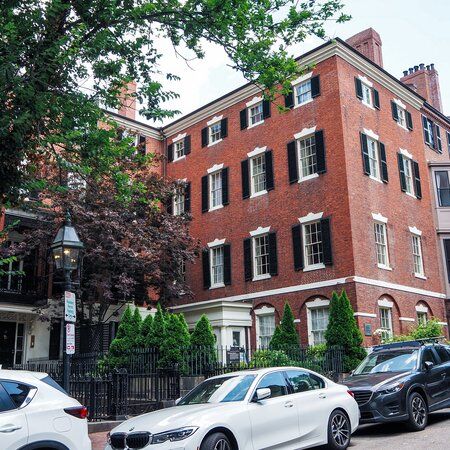
The Architecture of the Nichols House Museum
Charles Bulfinch: America’s First Native-Born Architect
Charles Bulfinch was America’s first native-born architect. During his European travels from 1785 to 1788, Bulfinch encountered the designs of Renaissance architect Andrea Palladio and the neoclassical buildings of Sir Christopher Wren and Robert Adam in England. After bringing these influences to America, the architectural type is now known as the Federal Style. His 1798 design of the Massachusetts State House greatly influenced the architecture of Beacon Hill, including 55 Mount Vernon Street—the site of the Nichols House Museum.
Development of Beacon Hill
The transformation of Beacon Hill into the urban area that Arthur and Elizabeth idealised for their children’s upbringing, was initiated by the Mount Vernon Proprietors, a real estate group formed in 1795 by Harrison Gray Otis. This group included Charles Bulfinch and Jonathan Mason. They purchased 18.5 acres of land from the Revolutionary-Era painter John Singleton Copley, which incorporated Beacon Street, Walnut Street, Mount Vernon Street, and Louisburg Square.
In 1802, Otis and Mason commissioned Bulfinch to design the first mansion houses on Mount Vernon Street. By 1804, Mason had rehired Bulfinch to construct four row houses, including 55 Mount Vernon Street, which he intended to rent to professionals like physicians and lawyers. By 1840, the area was densely populated with row houses similar to those seen today.
Architectural Features of Nichols House Museum
The architecture of 55 Mount Vernon Street is a blend of Federal and Greek Revival styles. The Federal Style is evident in the building’s original design. The four-story brick structure, one room deep and two rooms wide, is divided by a central stairwell. The use of brick, laid in a Flemish bond pattern, became increasingly popular by 1800 and is a hallmark of Federal design. Other Federal elements include the painted stringcourse, recessed arches, lintels, and receding fenestrations.
In the 1820s and 1830s, the Greek Revival style became popular in New England. Many buildings, including 55 Mount Vernon Street, were altered to reflect this new style. In the 1830s, Jonathan Mason’s daughter, Mrs. Samuel Dunn Parker (Elizabeth Mason), added a Greek Revival portico to the house, and that is why the architecture is described as a ‘blend’ of the Federal and Greek Revival styles.
Throughout the 19th century, many Beacon Hill exteriors were updated with trending features. However, 55 Mount Vernon has retained much of its original 1804 design, making it one of the best-preserved early rowhouses in the area.
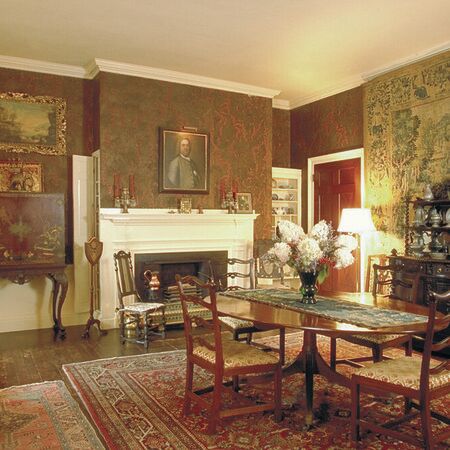
Collections and Exhibitions at Nichols House Museum
The Nichols House Museum offers an intimate look at domestic life in Boston during the late 19th and early 20th centuries. The collections include:
Victorian-Era Artefacts
One of the most captivating aspects of the Nichols House Museum is its collection of period furnishings and decorations. Visitors can admire an array of antique china, carpets, furniture, wallpaper, and fabric. Among these treasures is a prized mid-16th to early-17th century Flemish tapestry, a stunning piece depicting real and mythical beasts in an Arcadian setting. This wall-sized tapestry, weighing approximately 250 pounds, was purchased by Rose’s mother in Paris in 1900 and remains one of the museum's most significant artefacts.
Rose's Art
Rose Standish Nichols herself was a talented artist, known for her exquisite wood carvings and needlework. Throughout the house, visitors can find examples of her craftsmanship. These handcrafted pieces are complemented by fine antiques, and add a personal touch to the museum.
Rotating Exhibits
The Nichols House Museum also has rotating exhibits that showcase smaller pieces from the Nichols family collection. These exhibits change every few months, which gives a freshness to the collection’s content. Recently, curators focused on items related to Rose and her sisters’ involvement in pacifist, universal suffrage, and women’s equality movements.
Special Events
This year's special event includes a mini-exhibition on the museum's Asian art collection. The open-house event operates on a first-come-first-served basis, so visitors should be prepared for potential delays due to capacity restrictions.

Visiting the Nichols House Museum: Guided Tours
Guided Tours
The Nichols House Museum is accessible exclusively through guided tours. These tours, which can be booked in advance on the museum’s website, last approximately 45 minutes. They provide visitors with a detailed account of the house’s history, architecture, and the personal stories of its inhabitants.
“Honest, Neat & Capable”: The Servants' Perspective
Among the museum’s various tours, “Honest, Neat & Capable” stands out as a unique experience. This special tour offers a rare glimpse into the lives of the Nichols family servants who also called the house their home too. This perspective adds depth to the understanding of the social history of the era and spotlights an often overlooked portion of society.
“Brahmins and Bohemians”: A Walking Tour of Beacon Hill
Once a month, the Nichols House Museum extends its historical narrative beyond its walls with the “Brahmins and Bohemians” walking tour. This tour guides visitors through the streets of Beacon Hill, and shares stories on the neighbourhood's history and residents. Participants learn about the Brahmins, Boston's elite class known for their influence, as well as the bohemians, the artistic and intellectual individuals, who made the area exciting.

Interested in finding more places like this? Try one of our Boston Scavenger Hunts- untangle cryptic clues as a team, as you are taken on a journey to the most unique, unusual and bizarre corners of Boston and beyond!





